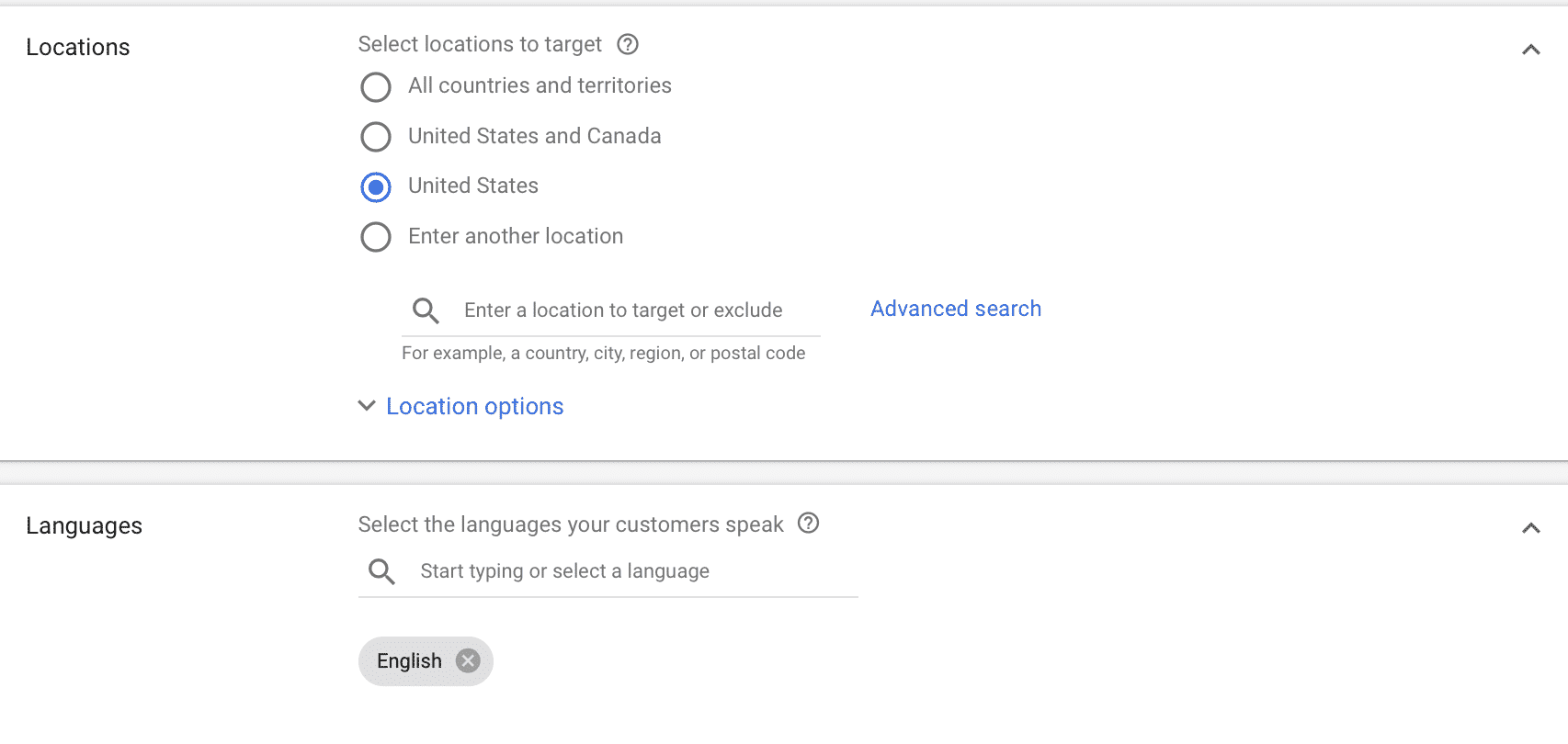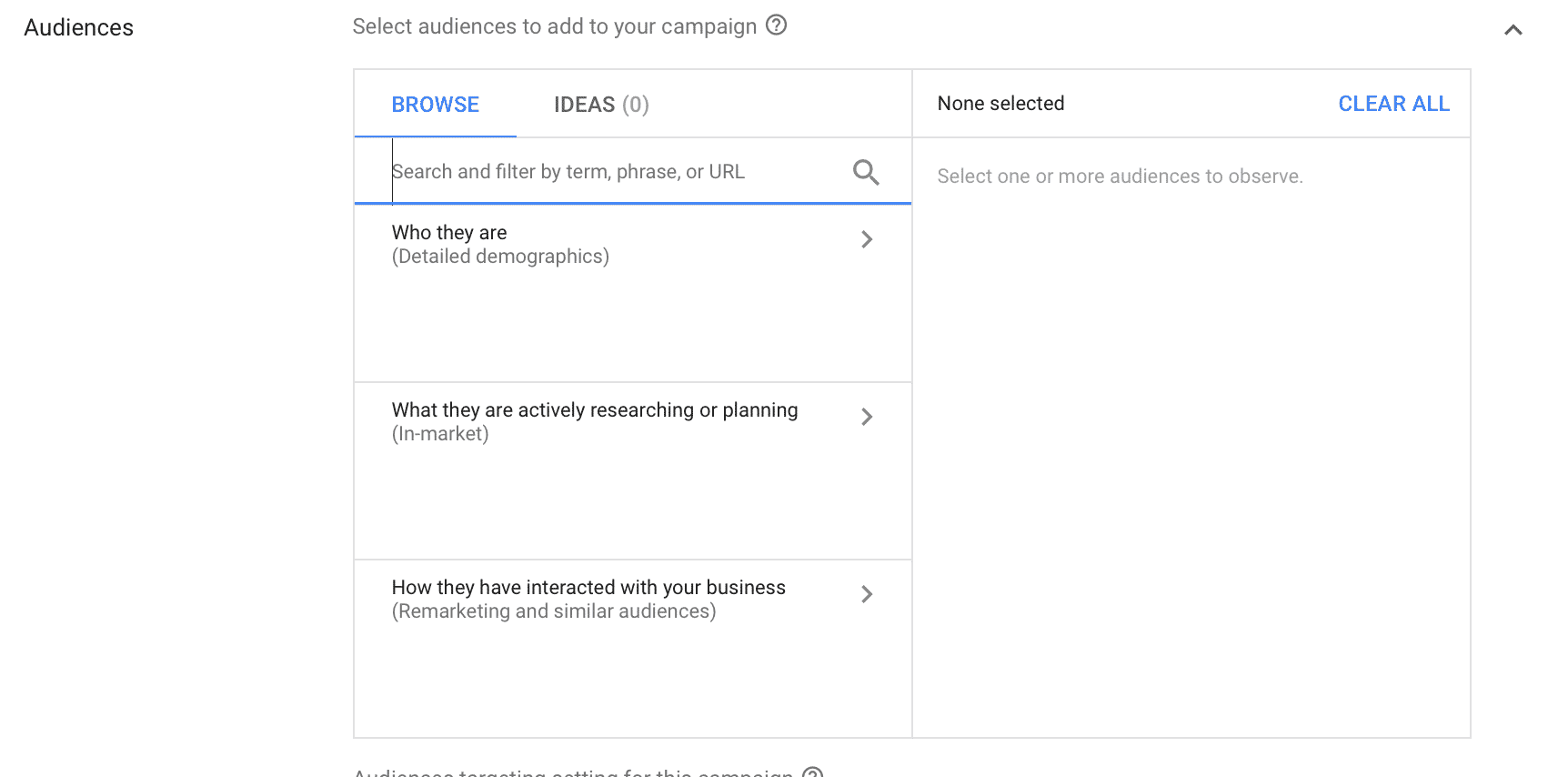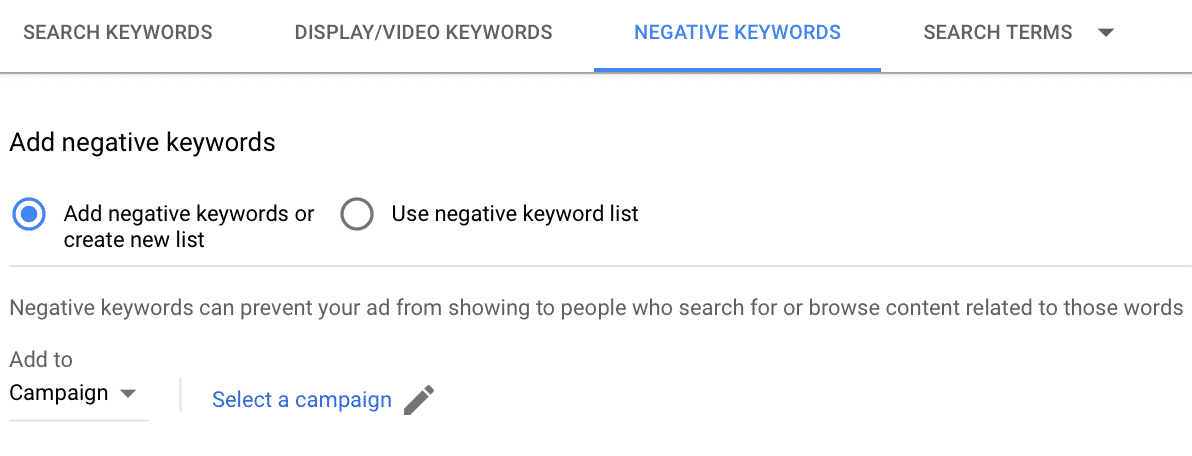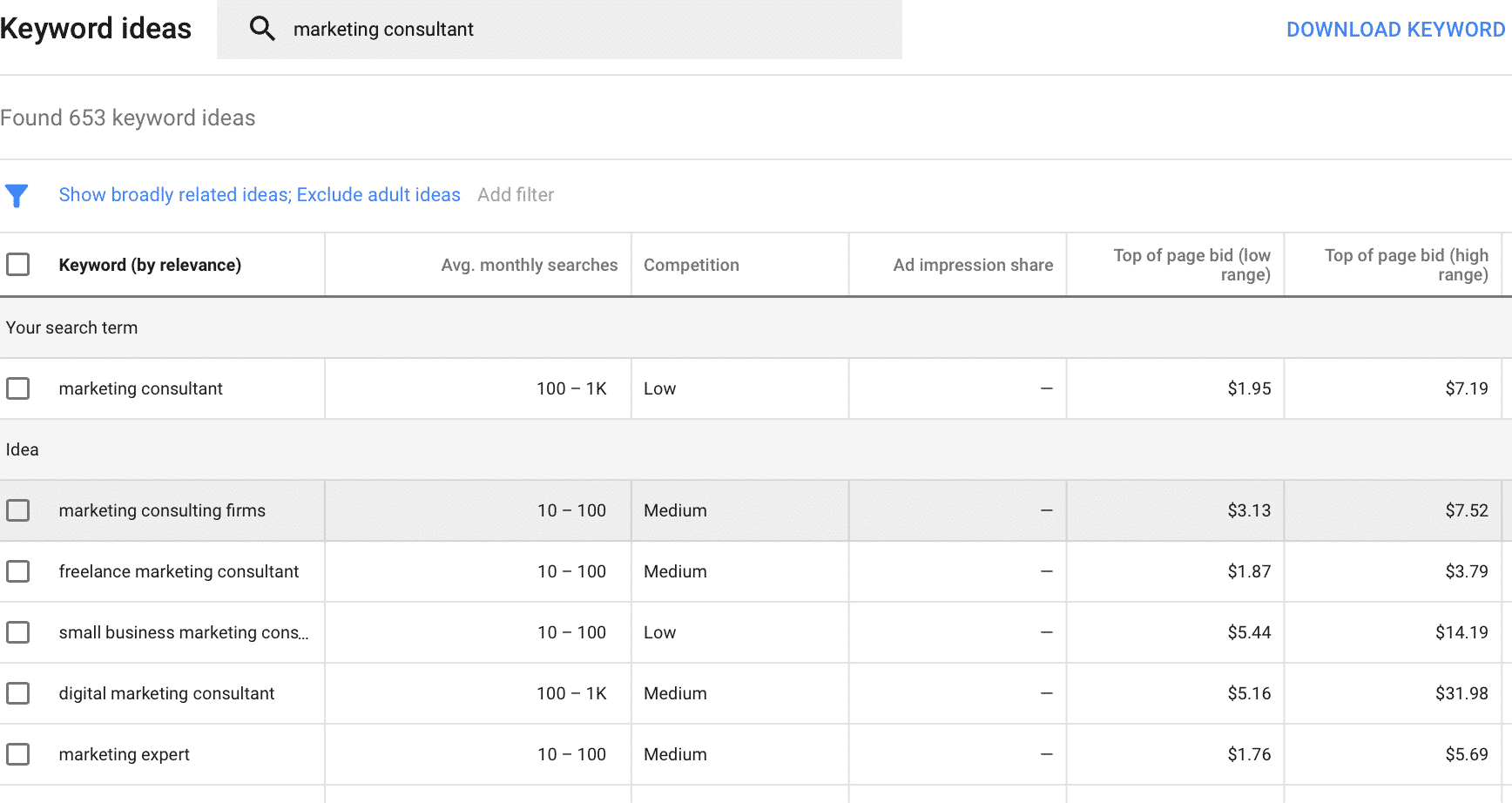by Ana Gotter • January 28, 2019
5 Common Google Ad Issues that Will Derail Your Campaigns
Google Ads will keep you on your toes, because everything is always just a little bit in flux. Certain keywords rise and fall in effectiveness, CPCs can change relatively quickly, and updates to the platform can send everything a little out of whack.
Since Google Ads is such an intricate, complicated system, it shouldn’t be surprising that it’s easy to make mistakes on the platform that can cost you conversions, money, and impressions. What is a little bit surprising is that when new clients come our way frustrated with the ad performance, we find that at least eight times out of ten they’re making some variation of the same five mistakes over and over again.
There’s some good news: knowing the problem allows you to find a solution and—while these 5 problems can completely derail your campaigns—they also have easy fixes. In this post, we’re going to go over the 5 most common Google Ad issues that could be hurting your campaigns and how to avoid them.
1. Overly-Stuffed Keyword Lists
When you create your first ad, it can be tempting to find every keyword out there that might get you a conversion. And then you end up with a broad, overly-stuffed keyword list that’s a little all over the place.
Don’t let that FOMO get the best of you, because this will put an enormous ding in the effectiveness of your campaigns. The more spread out and diversified your keywords become, the less likely you actually are to get the results you want, because it’s harder to write ad copy and develop messaging that will appeal to all the search intents on that list.
If you’re a makeup artist, for example, you might do everything from costume makeup for local movies to makeup for weddings to makeup for photoshoots. These are all three very different audiences and if you write ad copy for one, it could end up alienating the others—even if they’d likely convert with more targeted copy.
If you saw the below ad while looking for special effects makeup to help you look like the zombie of your dreams, would you click? No. Because nothing in that ad indicates that they’ll be able to help you with what you need.

You also don’t want to bid on keywords that could potentially yield irrelevant placements. “Wedding makeup,” for example, could put you in the search of people who are literally looking for the makeup—not the makeup artist. Neglecting to consider search intent can come back to bite you (and your ROI) faster than you’d think.
The best solution to this is to create small, targeted ad groups that have specific focus. These people are looking for specific products or services that are similar, and are likely to have a similar search intent. If you can focus on that, you’ll have a much higher chance of clicks and conversions. Look at them as a cohesive unit, not a lets-throw-spaghetti-at-the-wall-and-see-what-sticks endeavor.
2. Neglecting Non-Keyword Targeting Options
Keywords are, hands down, the most important factor in making sure that your ad is showing up the right place. They aren’t the only factor in the equation, though, and non-keyword targeting options can still impact your campaigns and ensure that you’re getting the most relevant placements possible.
Location targeting is an excellent example of this. If people are searching for a dog sitter to watch their dogs in Dallas, they don’t really want to be seeing an ad for a sitter in Pennsylvania. It does them no good whatsoever, and it throws away one of the brand’s placements on a pointless search. So, by using location targeting to make sure that you’re ads are shown exclusively to people in specific locations or intentionally excluded from people in certain places, you’ll be off to a stronger start.

There are some businesses that work entirely remotely and aren’t bound by any geographical constraints. Excellent! But you’re likely still running any given ad in only one language, so language targeting will still be useful for each individual campaign.
There are other targeting options to consider, too, including targeting by audiences actively researching something or those who have a past relationship with your business. Don’t use them if they limit your audience too much, but keep them in mind for niche campaigns.

3. Leaving Your Campaigns Alone
This common mistake does make sense. It’s a lot of effort to create your campaigns, so once they’re up and running, it’s easy to think “they’re either working or they’re not” and leave them be either way.
Sometimes, though, your ad campaigns will need some alterations during their lifespan. Common examples of this include:
- Realizing that certain search terms are sending more traffic to your site, and adding them to the keyword list
- Changing bids on ad groups that end up being more or less likely to drive conversions
- Adding in new negative keywords if you see that certain keywords are triggering irrelevant searches, indicated by either no clicks or clicks with no conversions
Watch your campaigns carefully. This does take time (and is one of the reasons plenty of brands outsource the campaigns to experts like us), but it will negatively impact your results and your bottom line if you don’t stay agile and make those changes when needed.
4. Focusing Only on Inclusionary Instead of Exclusionary Targeting
Focusing on the positive and not the negative is a good life goal. It’s not such a great marketing strategy.
In addition to always needing to consider customer objections so that you can overcome them, you also need to consider who isn’t in your target audience and why.
Negative keywords will make your ad campaigns much more effective by eliminating potential placements that won’t get you clicks or conversions. Someone searching for “dance shoes” could be looking for ballet slippers or stilettos to go clubbing in, for example, so negative keywords can help make sure that you’re on the right track.

If someone searches for “dance shoes stilettos,” for example, and you have the negative keyword “stilettos,” you’ll be set; they won’t see your ad campaign, decreasing your irrelevant ad placements and increasing your potential shot at success.
Find whatever loose ends might be weight you down, and cut them. You won’t be a match for every location, keyword, language, or audience, so eliminate what isn’t working so you can find the clients you can best serve.
5. Neglecting Your Bidding Strategy
Google Ads makes it easy to choose a “set it and forget it” bidding strategy, or to just divide up your total budget equally amongst all your campaigns. This could, however, prevent you from optimizing your campaigns fully.
More of your budget, for example, should typically go towards campaigns that are going to be most effective at getting you the results you want. Maybe that’s connecting with an audience in a new demographic you’re trying to reach, or getting sales from a particularly high-value audience, or getting the most conversions at the lowest price.
While funneling your budget correctly is a good first step, the choosing how much you want to bid is important, too. You want to make an intentional decision about what you’re willing to bid on each ad group and why. Sometimes, bidding big on high volume keywords will make a lot of sense so you can outrank the competition and hopefully get sales.

In other cases, however, you may find that some of these high-volume keywords are relatively low-intent searches, and it’s chewing up too much of your budget for no conversions. Just because some keywords are high-volume, after all, doesn’t mean they’re high-intent, and that could be costing you a lot of high CPCs for no results.
You can use Google’s Keyword Planner or other similar tools to get an idea of the search volume and CPC range of any chosen keyword, and you can try to factor in search intent when reviewing them. The combination of data is what you want to look at, not just a single component.

Look at your keywords and your campaigns, and consider what bidding options will give you the most value for the ad spend you have at hand, and then go from there.
Conclusion
You’re likely investing a lot of time and money into your ad campaigns, and you want to see the highest possible ROI that you can. These 5 common ad issues will prevent you from doing just that, so take a look at your current ads (and take an extra close look at those keyword lists) to make sure that none of them are currently limiting your potential.
Need more assistance with creating and managing your ad campaigns? Disruptive Advertising uses data-driven PPC strategies to help you maximize your ROI. Shoot us a message and see how we can help you.
What do you think? Have you made any of these mistakes on your ad campaigns? Which do you think would be the most damaging? Share your thoughts and questions in the comments below!




